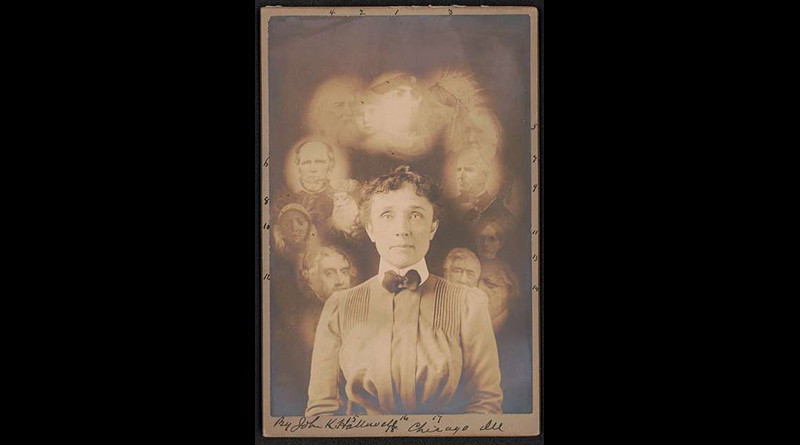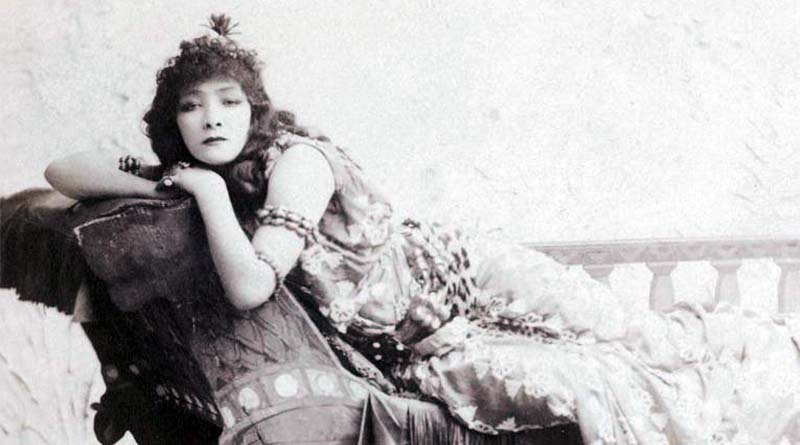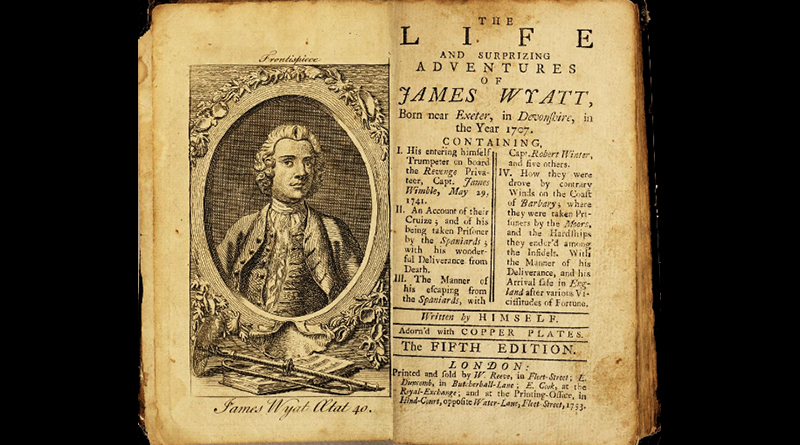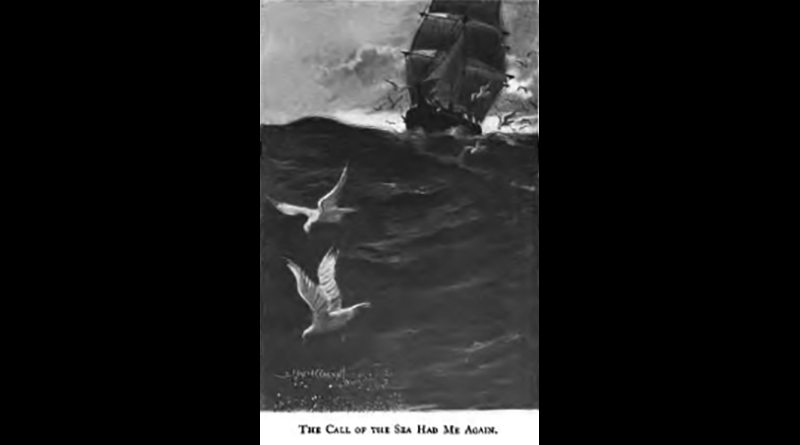Since the spiritualist movement in France explicitly supported the rebirth doctrine, French psychics and trance mediums often tended to claim recollections about their past existences. Few researchers took such statements seriously until the 1890s, when Catherine Elise Mueller, a trance medium in Geneva, Switzerland, came into prominence with her reincarnation claims. She received special attention when Professor Theodore Flournoy, an eminent psychologist at the University of Geneva, became actively involved in studying her purported powers and proceeded to write two books about her…. His first book on the case. From India to the Planet Mars, was published in 1900 and has since become a classic….
Catherine Elise Mueller was the daughter of a Hungarian merchant who had settled in Geneva. Born in 1861, she was introduced to the world of spiritualism in 1891 when she began reading books on the subject. Her readings encouraged her to join some friends for table tilting and soon Mlle. Mueller developed into a full-blown medium. She developed a trance state, trance speech, and automatic writing. Mlle. Mueller first initiated trance discussions about her past lives in 1893, a year before Flournoy embarked on his study of the case. She first claimed a past life as a young woman who unfortunately turned out to be a fictional character drawn from an Alexandre Dumas novel. Soon she switched to claiming that she was the reincarnation of Marie Antoinette, a claim Flournoy was soon able to demolish, since “Marie’s” communications contained appalling anachronisms and faulty history. Later communications dealt with the psychic’s previous life on Mars. Included were several scripts written in an odd-looking “Martian” language. The Swiss psychologist had little difficulty showing how the construction of this language followed the rules and syntax of normal French. The whole case could have probably been dismissed as either a fantasy or a conscious hoax were it not for some peculiar messages she communicated in 1894. These contained detailed information about the psychic’s past life in India. This information was so detailed that even Flournoy couldn’t reject it out of hand.
The basic plot of Mlle. Mueller’s past life in India revolved around her role as the Arab wife of a South Indian prince who had lived in the fifteenth century. The story unfolded during several sittings and included some interesting and potentially verifiable historical data, including such items as the name of a hill on which the prince had built a fortress. The communications also contained a number of proper names, such as those of the prince (Sivrouka Nayaka) and the medium herself (Simandini). She also made considerable mention of geographical locations near where they had lived. While immersed in her trance Mlle. Mueller also wrote out some brief scripts in Sanskrit and one in Arabic. Flournoy found this Indian romance challenging. It was clear to him that to get to the root of these communications, he either had to find the source of the psychic’s information or properly document the names and locations she had specified. At this point in his investigation the famous psychologist ran into a series of complications that still remain partially unsolved today.
Flournoy was at first put off because he could not locate any history books on India that mentioned the people listed in Mlle. Mueller’s communications. His interest in the case was piqued, however, when he consulted an obscure six-volume text by M. de Maries on the history of India. This set, magnificently titled General History of India, Ancient and Modem, from the Year 2,000 B.C. to our own Times, verified much of the information he was looking for. It was a little suspicious, however, that the text was too consistent with the Mueller communications, since no other source on Indian history Flournoy had consulted mentioned any of the names under investigation. This suggested to him that perhaps the psychic had — consciously or unconsciously — drawn information from the book during a casual glance at the text. He was too cautious and objective an investigator to posit this as a conclusive explanation for Mlle. Mueller’s information, though. Only two copies of the de Maries’ tomes could be found in Geneva, and one was hidden in a private library. The other, though publicly available, was still covered with dust when the psychologist discovered it. The set had obviously not been consulted recently.
In the end, Flournoy was left with no alternative explanation to account for the case, and finally opted for his original theory. He wrote in his From India to the Planet Mars that … all allowances made for possible surprises in the future, I do not hesitate to regard as the more probable and more rational supposition, that it really was the passage of de Maries … which furnished the subliminal memory of Helen Smith….”
In order to further evaluate Mlle. Mueller’s romance in ancient India, Flournoy moved his investigations in a different direction. Since the psychic had written out some scripts in Arabic and Sanskrit, these now became the focus of his attention (This research is described both in his first volume and in his subsequent Nouvelles Observations sur un cas de Somnambulisme avec Glossalalie). The results of this investigation did not bear up well for Mlle. Mueller, for Flournoy showed that her sole script written in Arabic had been apparently copied or subliminally remembered from a book written by a Geneva physician. Included in the dedication was the same Arabic phrase produced by Mlle. Mueller while in trance. Her (wildly ungrammatical) automatic writings in Sanskrit fared little better. Flournoy never discovered the exact source for these scripts, but he later learned that Mlle. Mueller had once given seances in the home of a gentleman who owned a Sanskrit grammar book. The book had been left in the room where the seances were held, and Flournoy believed that the medium may have once browsed through it.
The publication of Flournoy’s books in 1900 and 1902 ended his further involvement with Catherine Elise Mueller. She had already grown irritated by his skepticism and began restricting her seances just to close friends. She suffered a traumatic shock in 1915 when a close friend died, and she died (apparently insane) in 1921. It should be noted, however, that Flournoy never totally rejected the value of the Mueller case. He even admitted in some of his last writings that he had witnessed some evidence of telepathy and displays of telekinesis in her presence. — D. Scott Rogo, in his book The Search for Yesterday: A Critical Examination of the Evidence for Reincarnation (read for free)







